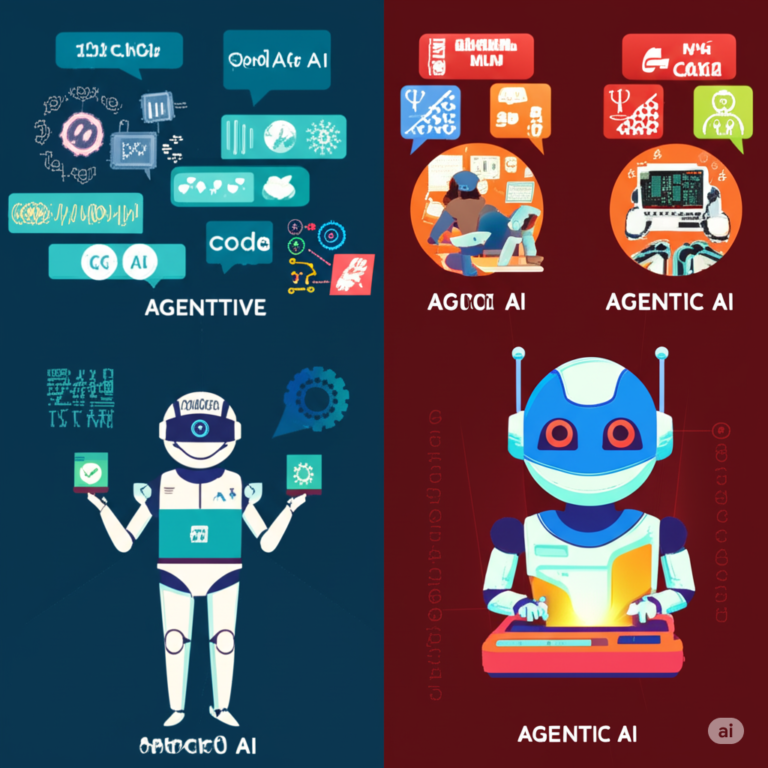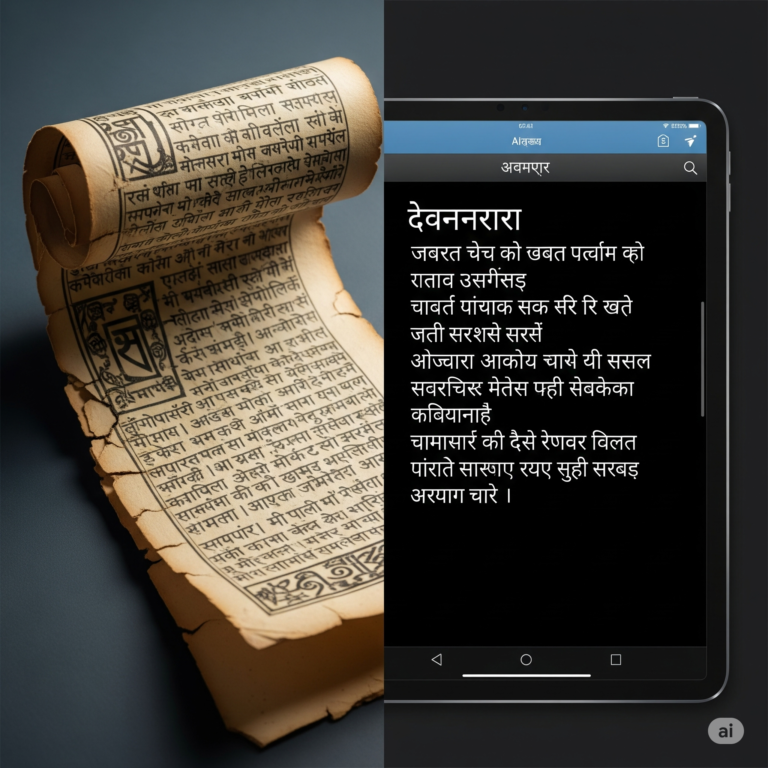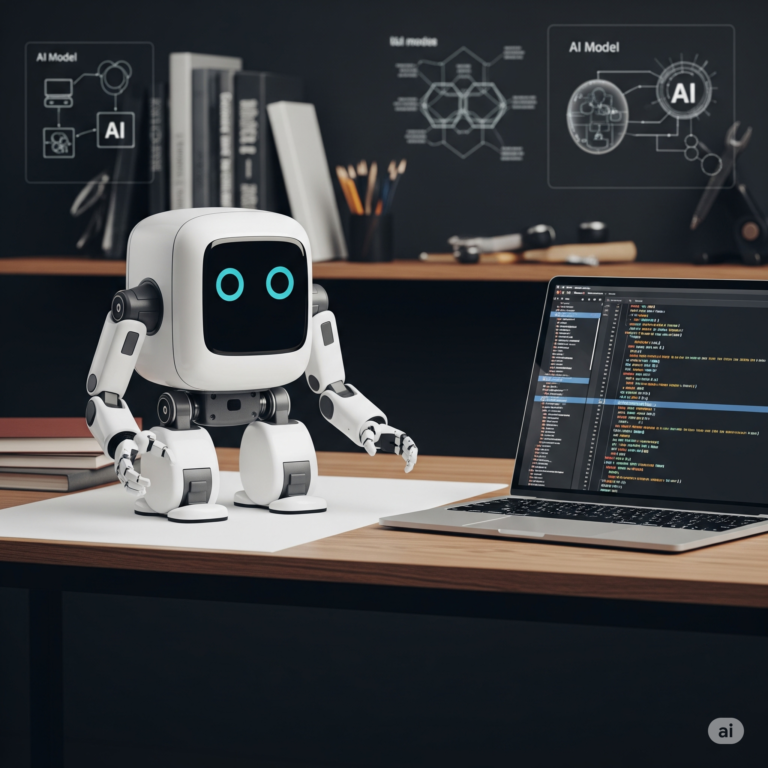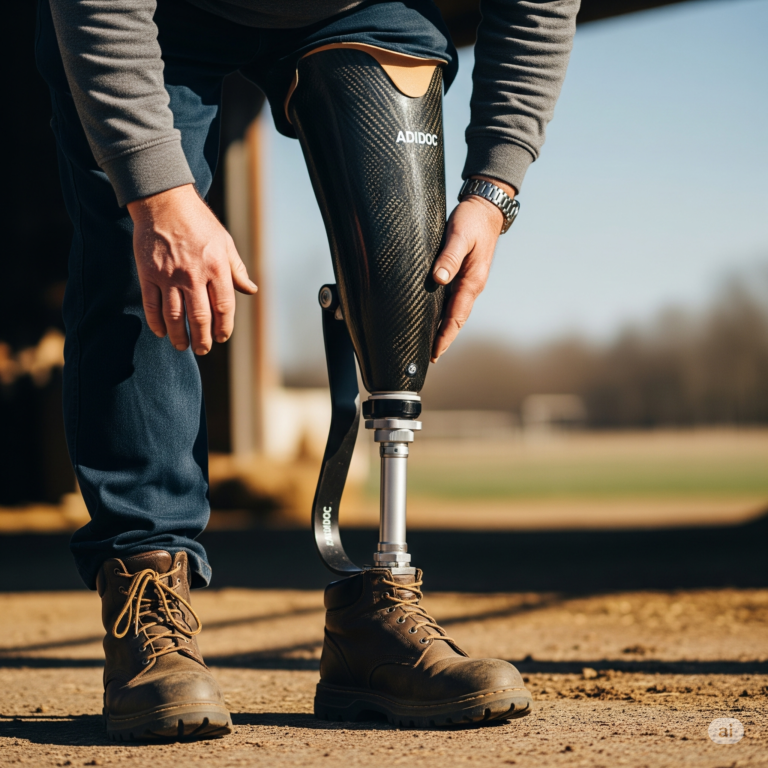The New Era of 3D Design
In the past, achieving lifelike 3D visuals meant investing in expensive hardware, mastering intricate tools, and enduring long rendering times. Now, NVIDIA is rewriting the rulebook with a groundbreaking innovation—Diffusion Renderer, a generative AI tool that automatically simulates lighting, materials, and shadows in real time.
This isn’t just another rendering engine—it’s a technological shift. Using diffusion models trained on real-world physics and visual cues, the tool enables creators to generate photorealistic 3D scenes with ease and speed, democratizing the design process for beginners and professionals alike.
What Is NVIDIA’s Diffusion Renderer?
NVIDIA’s Diffusion Renderer is an advanced AI-powered tool designed to create high-quality 3D images without relying on traditional ray-tracing or high-end GPUs. It employs diffusion models, a type of generative AI that works by learning how noise is removed from images during training, ultimately mastering how to build images from scratch.
In simple terms, it simulates how light interacts with surfaces, textures, and environments, applying this learned intelligence to generate hyper-realistic 3D visuals.
Traditional 3D Rendering: A Bottleneck
Historically, rendering 3D scenes involved:
- Ray tracing: Simulating each light ray’s interaction with surfaces
- Manual setup: Adjusting lights, shadows, reflections, and textures by hand
- Heavy hardware: Requiring GPUs like RTX 4090s for efficient output
- Time-intensive workflows: Long wait times to achieve realism
NVIDIA’s Diffusion Renderer bypasses these limitations by learning the visual cues of the real world and generating them algorithmically.
How It Works: AI + Diffusion = Photorealism
The Diffusion Renderer relies on:
- Generative AI: It uses diffusion-based generative models, similar to those behind DALL·E or Stable Diffusion, but optimized for 3D scenes.
- Physics-based learning: The model is trained to understand how light behaves in different scenarios (e.g., bouncing off metal vs. scattering through fabric).
- Scene intelligence: It adapts textures and shadows according to camera angle, material types, and lighting conditions.
As a result, it can generate realistic images faster and with less input than traditional rendering tools.
Benefits Across Industries
NVIDIA’s Diffusion Renderer unlocks possibilities for a wide range of creative and technical fields:
Design & Architecture
- Create walkthroughs of buildings with dynamic lighting
- Render interiors and materials without complex ray-tracing setups
Gaming & Virtual Production
- Generate environments and characters quickly for AR/VR
- Simulate lighting in real-time for immersive gaming experiences
Product Design
- Visualize product prototypes with accurate textures and lighting
- Adapt designs for different materials on the fly
Education & Content Creation
- Students and beginners can create cinematic-quality scenes without costly software
- Integrates with existing platforms like Blender or Unreal Engine
Real-Time Rendering Without the Cost
One of the biggest game-changers? No need for expensive GPUs or rendering farms. The Diffusion Renderer is trained to be computationally efficient, meaning:
- Lower hardware requirements
- Reduced rendering times
- Increased accessibility for small teams and independent creators
This helps democratize access to photorealistic 3D design.
🤔 Did You Know?
Diffusion models were originally developed for generating 2D art—but researchers quickly realized their potential in simulating 3D lighting, depth, and material interactions, leading to breakthroughs like NVIDIA’s Diffusion Renderer.
Implications for the Future of Digital Design
NVIDIA’s new tool signifies a paradigm shift in digital creativity:
- Less time spent on technical tasks
- More time for creativity and storytelling
- More inclusive tools for non-experts
It also opens up opportunities for automated scene generation, where AI helps users brainstorm and prototype environments in real time.
Challenges Ahead
While the Diffusion Renderer is promising, some challenges remain:
- Maintaining accuracy in complex light/material scenarios
- Balancing control vs. automation
- Compatibility with existing industry pipelines (e.g., VFX, CAD)
Ongoing research is focused on enhancing user control and editability—so AI tools don’t just generate, but also collaborate.
Conclusion: Rendering, Reimagined
NVIDIA’s Diffusion Renderer is more than a new tool—it’s a transformative leap in how we create and experience 3D worlds. By combining AI intelligence, physics-based modeling, and artistic freedom, it lowers the barrier to entry and supercharges productivity across industries.
From cinematic scenes to product mockups, from architectural walkthroughs to virtual worlds, this innovation proves that the future of design is not only fast and affordable, but also intuitively intelligent.









+ There are no comments
Add yours